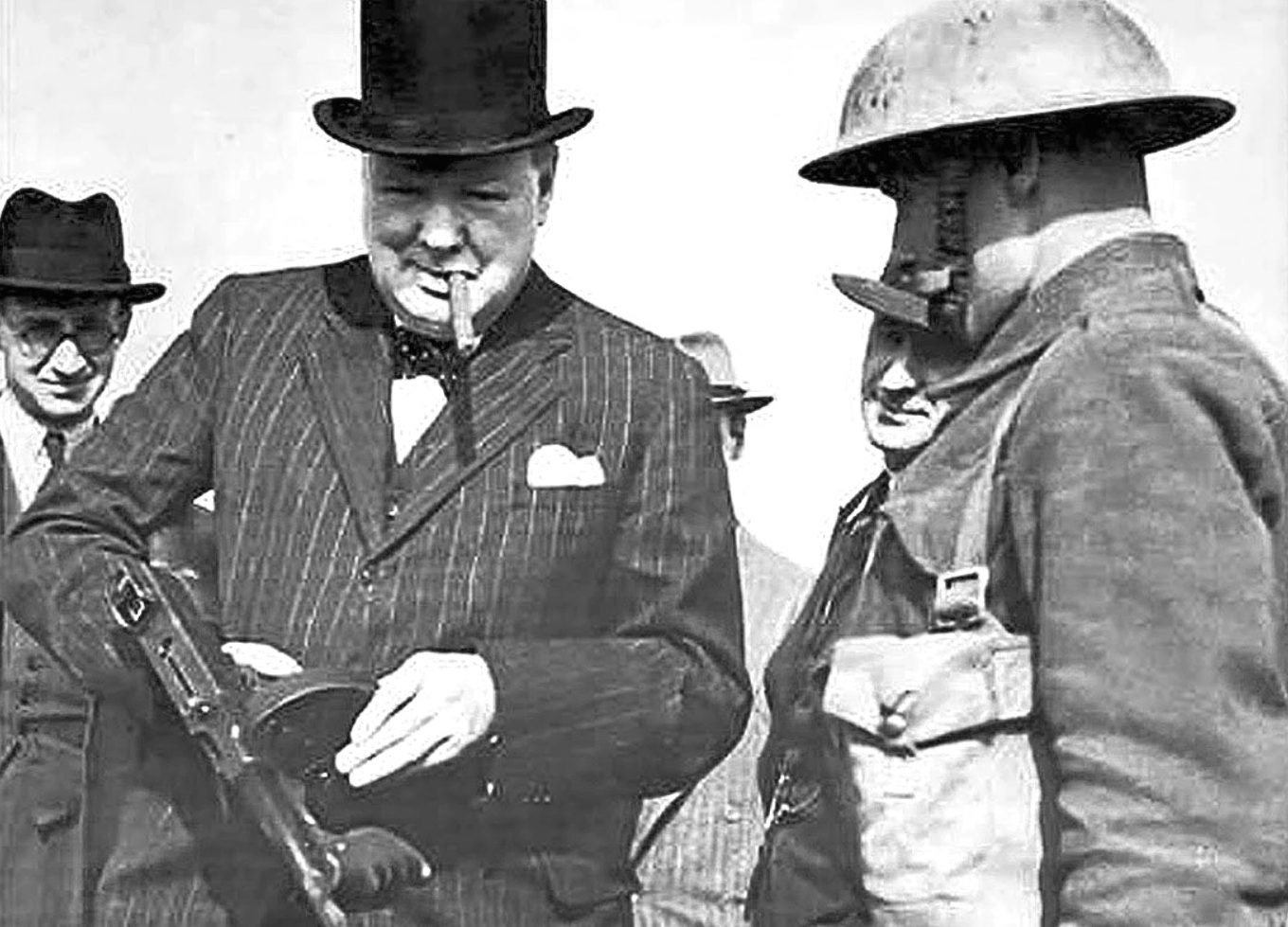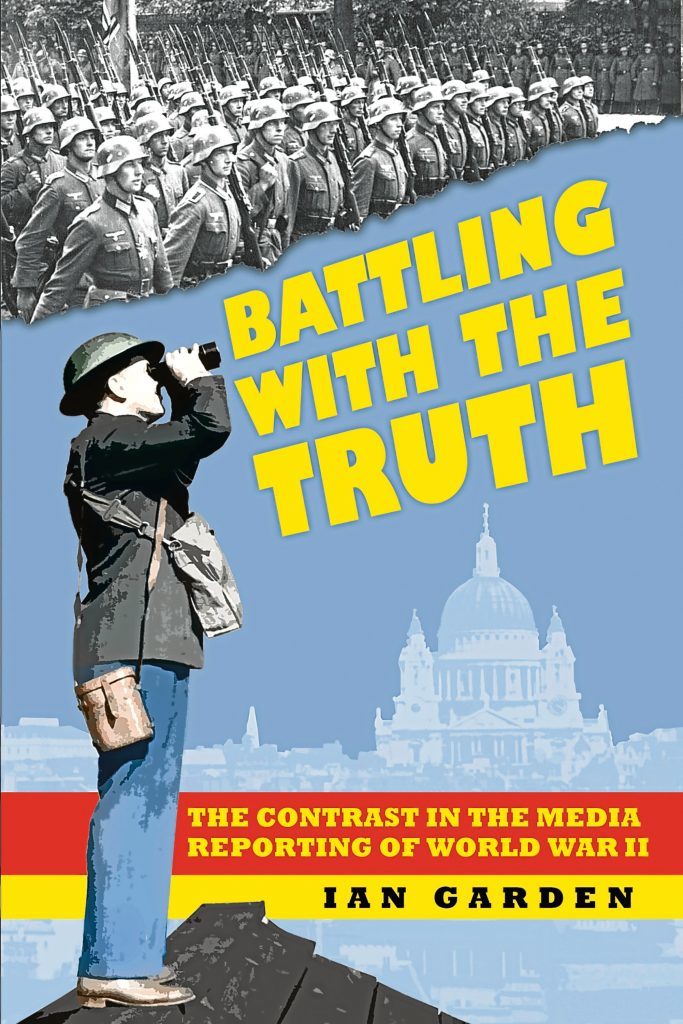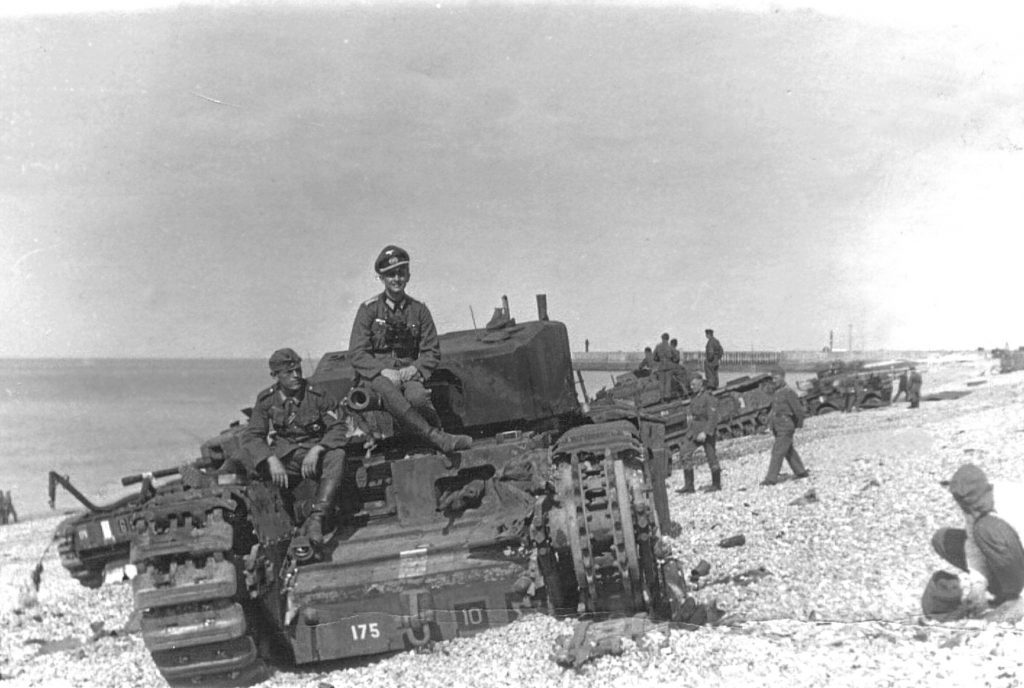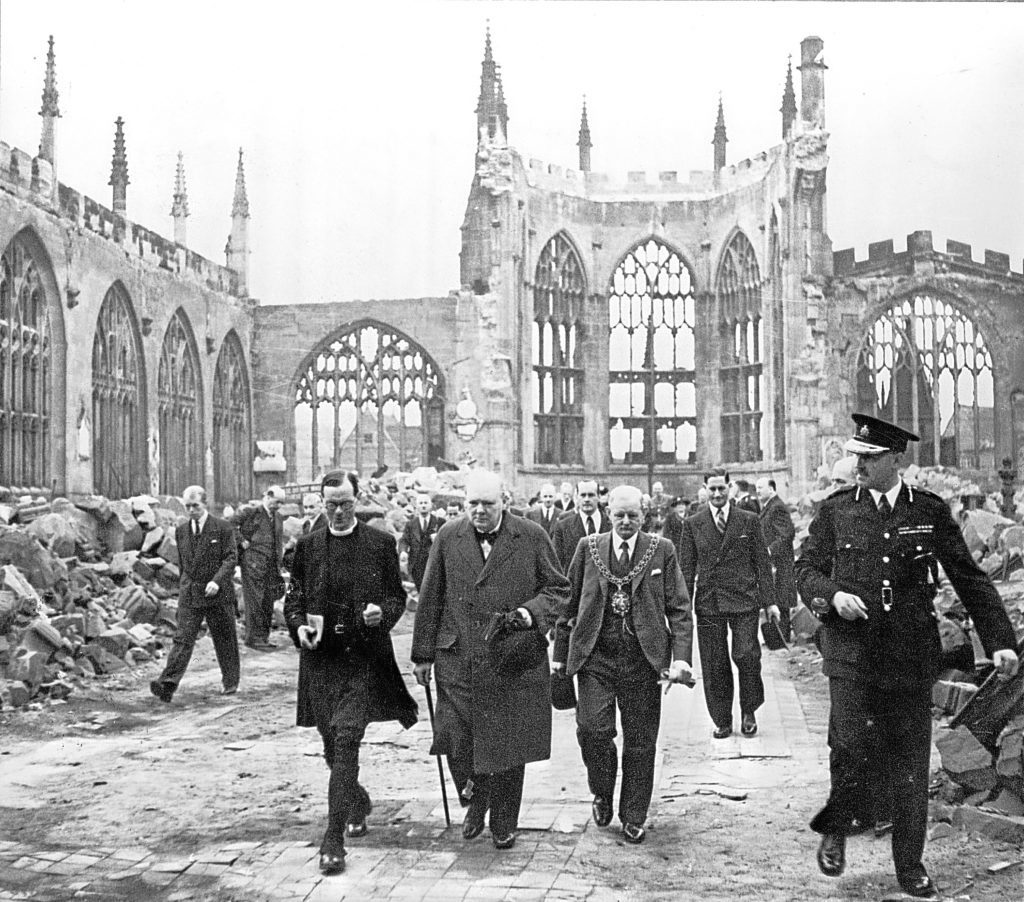
THEY say that in war, truth is the first casualty — it was never more stark than during the Second World War.
Winston Churchill once said: “In wartime, truth is so precious that she should always be attended by a bodyguard of lies.”
It was an elegant way of saying don’t go around telling your enemy all your secrets. Be sure to throw in a few untruths here and there and keep them off the scent!
Historian Ian Garden, whose previous book was about the Nazis’ use of propaganda films, has penned a follow-up, contrasting the media reporting — Allied and Nazi — of the Second World War.
“I was interested in what both sides were saying at the same time,” says Ian, who was born in Muir of Ord, Black Isle, in Scotland’s Highlands.
“I know a German lady who was in Berlin during the war, and she was telling me that when she came to the UK in the 60s, people talked about the Battle of Britain, and she had to ask them what they meant by that.
“The idea that there had been this air battle, and they had lost it, wasn’t something she was even aware of!
“Because the bombing of Britain had continued, that was never reported there.
“It brought home to me that the way things were reported would give people different perceptions of why the war was being fought and how it was progressing.”
Of course, whenever the Allies enjoyed a marvellous victory or breakthrough, our media would play it up while the enemy played it down.
“To be fair, I think the Nazis were worse at telling outright lies!” Ian laughs.
“There was an incident when they bombed Freiburg by mistake, thinking they were over France.
“The report in their papers described it as a terrible attack by Allied planes on the civilians of Freiburg, but by the next day, they would have realised it had been their own planes.
“But there was no retraction, and in fact, Goebbels used it as an excuse to say: ‘If you attack our civilians, we will return it fivefold against you.’
“With the Allies’ media, we only told part of the truth, or we would say nothing at all about certain things, like the convoys.
“In fact, we never commented about the success of a convoy until it had actually arrived at its destination.”
Both sides would sometimes portray the other as almost unhuman, with dark tales of savagery and horror stories, which encouraged deep fear and hatred.
“There’s a whole moral question there, about is it acceptable to tell lies during wartime?” adds Ian.
“Another thing that’s a complete mystery is how we were able to report at all on, say, how many planes had been shot down the day before.
“There might have been 1,000 sorties going on, and planes had to get all the way back home across the Channel, where they might be shot down, crash-landed, parachuted.
“That information wouldn’t have been known for days or even weeks, and yet people expected instant reports.”
Winston Churchill had been a reporter in his younger days, so you might expect him to have been quite adept at handling the media reporting.
Not necessarily so, says Ian.
“I don’t know if Churchill was directly involved, although we know he did fall out with some of the press,” Ian reveals.
“They wanted to ban one paper, which was going too far with the information it published.”

Reporting of the attacks on the SS Athenia, the first British passenger ship sunk by a German submarine, differed between the belligerents.
While Hitler wanted it covered up, some US cynics reckoned it had been destroyed by our side to draw America into the war. It was, as we know now, a German vessel, U-30, that had attacked the ship.
“At the start of the war, Hitler justified going into Czechoslovakia by claiming the Germans living there were being abused,” Ian explains. “But everyone was suffering there.
“Poland was a bit different, as there’s no doubt that German children there were being deprived of milk, and some parents were sent to prison just for insisting their children went to German-speaking schools.
“So they were getting a rough time, but that had been known right from when Hitler came to power in 1933.
“At that point, he didn’t want to hear such complaints.
“It was only when he was looking for an excuse to invade Poland that he encouraged the press to talk about how the Germans were abused.”
Thankfully, the truth eventually came out, as it did, too, after the notorious murder of thousands of Poles at Katyn. The Soviets blamed the Germans and vice-versa, and we know now it was Stalin’s men.
Hitler was thankfully seen off, because if he had won, we might live in a world now where nobody is allowed the luxury of a free press.
Battling With The Truth: The Contrast In The Media Reporting Of World War II, by Ian Garden, is published by The History Press, ISBN No 978-0-7509-5632-1, price £17.99
READ MORE
Ledger reveals extent of damage to Kirk buildings during Second World War

Enjoy the convenience of having The Sunday Post delivered as a digital ePaper straight to your smartphone, tablet or computer.
Subscribe for only £5.49 a month and enjoy all the benefits of the printed paper as a digital replica.
Subscribe
